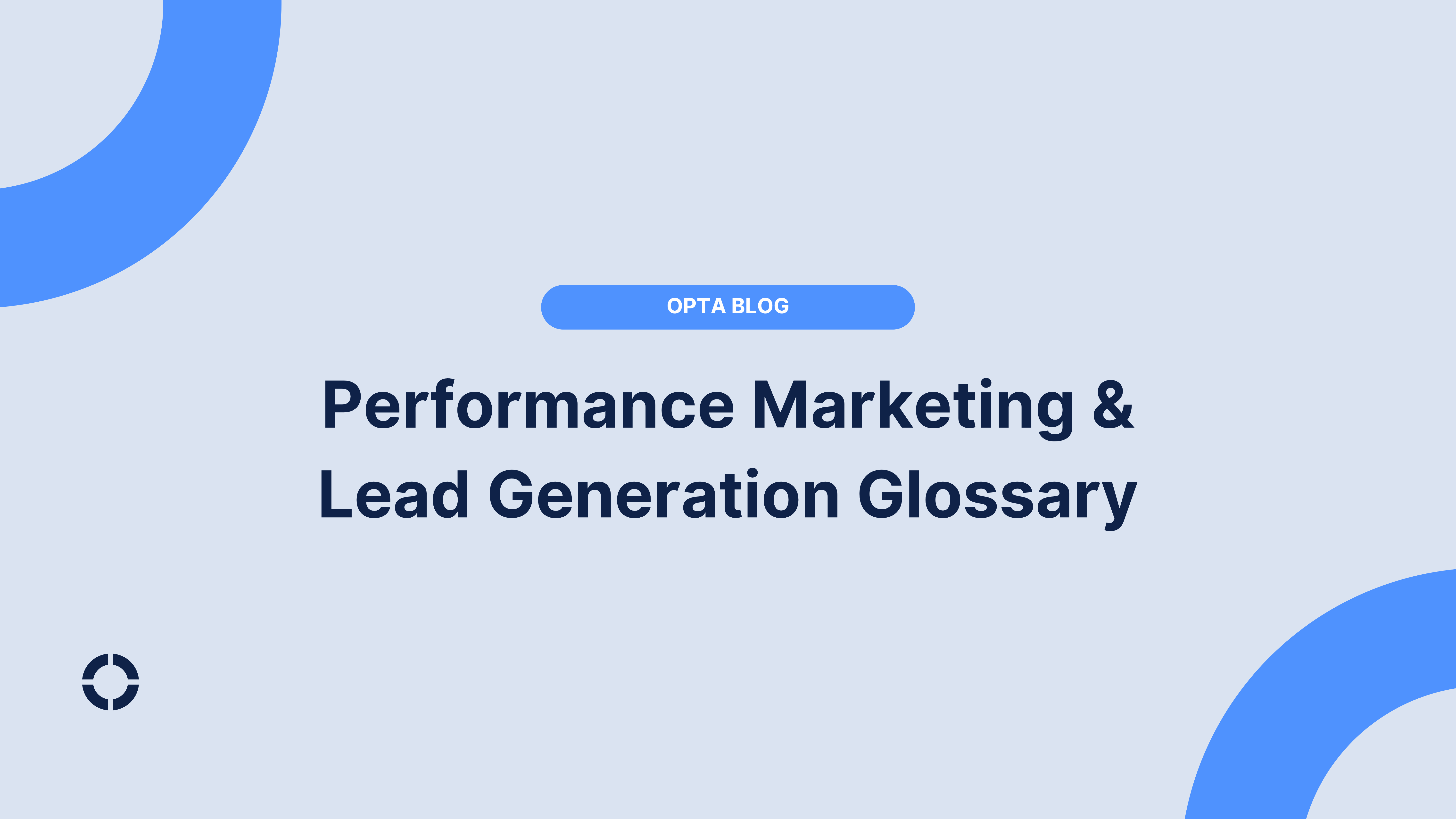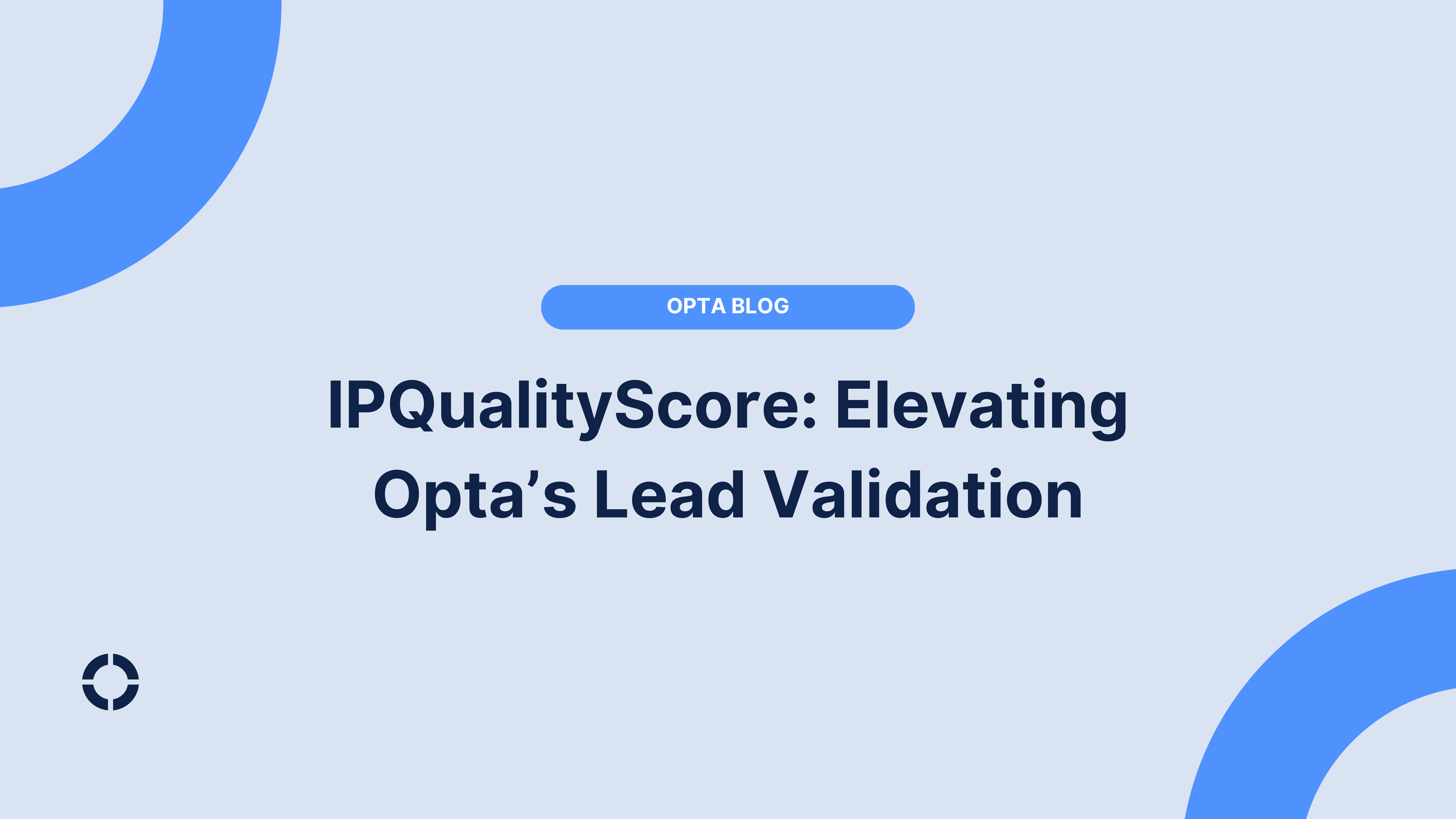Are you looking to supercharge your sales process and connect with red-hot leads? Warm transfer leads, also known as live transfer leads, could be the game-changer you’ve been seeking. These are prospects who have expressed a high level of interest in what you’re offering. They are ready to engage with your sales team immediately.
Hot transfer leads are seamlessly connected to your reps at the peak of their interest. This swift transfer process not only strikes while the iron is hot but also minimizes the risk of losing the lead’s attention or enthusiasm. So, hot transfer leads allow you to capitalize on a prospect’s eagerness.
So, what exactly makes hot transfer leads so valuable, and how can they transform your sales strategy? Let’s dive in and explore the incredible potential of these powerful leads.
What is a Warm Transfer?
A warm transfer seamlessly connects a prospect to a sales rep after they’ve expressed interest. It’s a key strategy for converting high-quality leads.
Warm vs Cold
Warm transfers connect prospects to sales reps immediately after the prospect has shown interest, such as by filling out a form or engaging with content. The prospect is “warm” and expecting to speak to someone.
In contrast, cold transfers send leads to sales without any prior engagement. The prospect may be caught off guard and less receptive. Conversion rates are typically lower compared to warm transfers.
Some key differences between the two are:
Timing: Warm transfers strike while interest is high; cold transfers risk connecting at a bad time
Context: Warm transfers have insight into a prospect’s needs; cold transfers start the conversation from zero
Receptiveness: Warm prospects are eager to learn more; cold prospects may feel interrupted
Benefits of Warm Transfers
Warm transfers offer several key benefits for sales teams. From higher conversion rates and higher efficiency, to improved customer experience, and shorter sales cycles. Focus on qualified, engaged leads to achiever lower customer acquisition costs.
To make the most of warm transfers, have systems in place to score leads and route them to the right reps at the right time. Arm your team with context about each prospect so they can tailor the conversation.
With a well-executed warm transfer strategy, you’ll connect with more prospects at the moment they’re most likely to convert. It’s a powerful way to drive sales growth.
When to Use a Warm Transfer
Warm transfers are highly effective for connecting prospects to sales reps at the right moment. Here’s when you should consider using a warm transfer approach:
Situations Suitable for Warm Transfers
Warm transfers are an ideal approach in situations where a prospect has clearly expressed interest in your offering. Be sure they are qualified and a good fit for your product or service. If the prospect is ready to speak with a salesperson immediately and you have relevant context to pass along to the representative, a warm transfer can be highly effective.
This strategy works best when timing is critical, and a fast response is necessary to capitalize on the prospect’s interest. By putting an eager prospect directly in touch with a knowledgeable representative, you can maximize the chances of moving them through the sales funnel efficiently.
Situations Suitable for Cold Transfers
On the other hand, cold transfers may be more suitable in certain circumstances. For instance, when dealing with lower priority or less qualified leads, or when immediate representative availability is not crucial, a cold transfer can be appropriate.
If you lack context on the prospect’s specific needs or interest level, or if you’re handling after-hours inquiries or overflow calls, a cold transfer may be the best option. Additionally, when prospects require basic information rather than a full-fledged sales conversation, a cold transfer can be a suitable approach.
Benefits of Using Warm Transfers
Warm transfers offer a host of advantages that can significantly enhance your sales process and customer experience. By seamlessly connecting interested prospects with knowledgeable sales representatives, you can capitalize on their engagement and increase the likelihood of successful conversions.
Improved Customer Experience
Warm transfers provide a personalized and efficient customer experience. When prospects express interest, they’re promptly connected with a sales representative who can address their specific needs and questions. This timely, tailored approach demonstrates your commitment to customer satisfaction and helps build trust and rapport from the very first interaction.
Increased First Contact Resolution
By ensuring that prospects are connected with the right sales representative at the right time, warm transfers increase the chances of resolving inquiries and closing deals during the initial contact. This not only saves time for both the prospect and your sales team but also reduces the need for follow-up calls, ultimately streamlining the sales process and improving overall efficiency.
Enhanced Agent Efficiency
Warm transfers optimize your sales team’s productivity by allowing them to focus on high-quality, engaged leads. With the assurance that the prospects they’re speaking to are genuinely interested and have been pre-qualified, sales representatives can allocate their time and effort more effectively. This targeted approach leads to higher conversion rates, shorter sales cycles, and a more motivated and successful sales team.
Implementing warm transfers into your sales strategy can be a game-changer for your business. By prioritizing customer experience, increasing first contact resolution, and enhancing agent efficiency, you’ll be well on your way to maximizing your sales potential and driving sustainable growth.
How to Perform a Warm Transfer
Mastering the art of warm transfers is essential for maximizing lead conversion and providing an exceptional customer experience. By following best practices and using effective scripts, you can seamlessly connect interested prospects with the right sales representatives at the optimal moment.
Best Practices for Warm Transfers
To execute a successful warm transfer, gather relevant information about the prospect’s needs, interests, and background before initiating the transfer. This context will enable you to identify the best-fit sales representative and facilitate a productive conversation.
When introducing the representative to the prospect, provide a brief introduction that highlights their qualifications and how they can assist, building trust and setting a positive tone. Stay on the line until the conversation is underway, ensuring a smooth handoff and providing additional context if needed. After the transfer, follow up with the sales rep to gather feedback and discuss next steps, maintaining continuity and ensuring timely follow-up.
When conducting the warm transfer, tailor your approach to the prospect’s specific situation and needs. You can use a basic introduction, build rapport by mentioning your enjoyable conversation and the representative’s relevant experience, address objections by highlighting the sales rep’s expertise, or gauge interest by suggesting that the product or service could be a great fit based on your discussion. By adapting your approach, you can effectively transition the conversation to a sales representative and increase the likelihood of a successful outcome.
By combining these best practices and sample scripts, you’ll be well-equipped to execute effective warm transfers that convert more leads and create a seamless, customer-centric experience. Remember, the key is to prioritize the prospect’s needs, provide relevant information, and make a smooth handoff to the right sales representative.
Implementing Warm Transfers in Your Call Center
Implementing warm transfers in your call center can significantly enhance your sales process and customer experience. Here’s how you can effectively train your agents and monitor performance to ensure successful warm transfer practices.
Training Agents on Warm Transfer Techniques
First, to ensure your agents can execute warm transfers seamlessly, equip them with the necessary skills and knowledge through comprehensive training. This training should cover five things. Gather relevant prospect info before the transfer. Identify the best-fit representative for each prospect’s needs. Introduce the representative and set expectations for the call. Stay on the line during the transfer for a smooth transition. Follow up with the prospect and representative after the transfer.
Incorporate role-playing exercises and real-life scenarios into your training program. This hands-on approach allows agents to practice their warm transfer techniques in a safe environment, receive feedback, and refine their skills.
Develop a standardized warm transfer script that agents can use as a guide. The script should include key phrases and questions to help agents build rapport, address objections, and gauge the prospect’s interest level. Encourage agents to personalize the script to suit their communication style and the specific prospect’s needs.
Monitoring and Improving Warm Transfer Performance
To continuously improve your agents’ warm transfer performance, regularly monitor and evaluate their techniques using call recording and monitoring tools. Assess the quality of each transfer by focusing on key metrics such as the transfer success rate, which measures the percentage of transfers that result in a successful handoff to a sales representative, and the average transfer time, which tracks the time taken to complete the transfer process.
Additionally, gather customer satisfaction scores based on post-transfer surveys or feedback to gauge the effectiveness of the your handoff from the prospect’s perspective. By analyzing these metrics, you can identify areas for improvement and provide targeted coaching to help your agents refine their warm transfer skills.
Next, analyze these metrics to pinpoint trends, best practices, and areas for improvement. Share performance insights with your agents through regular coaching sessions and team meetings. Provide constructive feedback and recognition to help agents refine their warm transfer techniques and celebrate successes.
Continuously update your warm transfer training program based on performance data, agent feedback, and industry best practices. As your business evolves and customer expectations change, ensure that your agents are equipped with the latest skills and knowledge to deliver exceptional warm transfer experiences.
By investing in comprehensive training and ongoing performance monitoring, you can empower your agents to execute warm transfers effectively. This leads to increased conversion rates, improved customer satisfaction, and a more efficient sales process.
Wrapping It Up
In conclusion, warm transfers are a powerful tool for converting interested prospects into engaged customers. Use call center technology and implement precise transfer techniques to create a seamless progress. Comprehensive training, clear scripts, and ongoing performance monitoring are key to executing this strategy effectively. When done right, warm transfers lead to higher conversion rates, shorter sales cycles, and better customer satisfaction.
Lastly, for marketers focused on generating warm transfers from opt-in leads, having the right tools in place is essential. Opta helps with every step of the process, from lead capture and lead validation to lead distribution and campaign optimization. Our platform is designed to streamline your operations and ensure your leads are delivered to the right place at the right time, maximizing your sales potential. Let’s discuss how we can help you build a more efficient lead-to-sale process and supercharge your growth. Book your demo today.
Become a lead generation expert in 5 minutes a week
Subscribe for free


